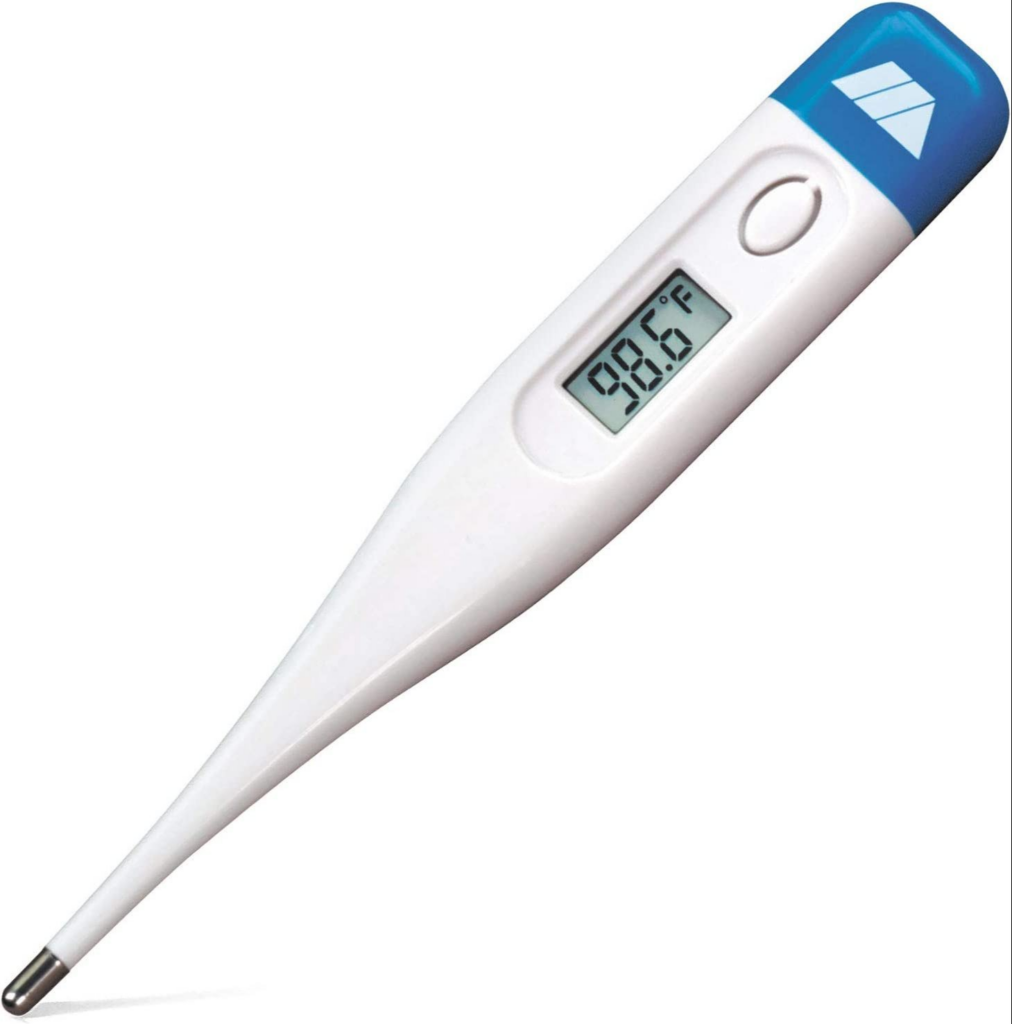
Introduction
In our daily lives, thermometers play an indispensable role in various aspects, from measuring body temperature to monitoring the weather and ensuring safety in industrial processes. These temperature-sensing devices have come a long way in their development, offering a wide range of options tailored to specific needs. In this article, we will explore the world of thermometers, delving into their history, types, applications, and how they work.
A Brief History of Thermometers
Early Beginnings
Thermometers have a fascinating history dating back to ancient times. The earliest known thermometer dates back to around 2000 BC in Egypt, where a simple device used air expansion to measure temperature changes.
Galileo’s Contribution
In the 16th century, Galileo Galilei invented the first rudimentary sealed glass tube thermometer, paving the way for more accurate measurements.
Types of Thermometers
Mercury Thermometers
Mercury thermometers, once widely used, are now being phased out due to environmental concerns. They rely on the expansion of mercury to indicate temperature.
Digital Thermometers
Digital thermometers have gained popularity for their speed and accuracy. They use electronic sensors to provide instant readings and are commonly found in medical applications.
Infrared Thermometers
Infrared thermometers measure temperature without contact, making them ideal for industrial use, cooking, and medical purposes.
Applications of Thermometers
Medical Thermometers
Accurate temperature measurement is crucial in healthcare. Medical thermometers, including oral, ear, and forehead thermometers, are used for diagnosing and monitoring illnesses.
Industrial Thermometers
In industries like manufacturing and food processing, thermometers are essential for quality control and safety. Industrial thermometers can withstand harsh conditions and measure temperatures in extreme environments.
Weather Thermometers
Weather stations rely on various types of thermometers, such as mercury and digital ones, to collect data for weather forecasting and climate monitoring.
How Thermometers Work
Basic Principle
Thermometers work on the principle that materials expand or contract with changes in temperature. This expansion or contraction is then translated into a numerical temperature reading.
Liquid-in-Glass Thermometers
Traditional liquid-in-glass thermometers use the expansion of a liquid, often mercury, to measure temperature. The liquid rises or falls within a calibrated tube, indicating the temperature.
Digital Thermometers
Digital thermometers use temperature-sensitive sensors, like thermistors or infrared detectors, to convert temperature changes into electrical signals. These signals are then displayed digitally.
Choosing the Right Thermometer
Consider the Application
Selecting the right thermometer depends on its intended use. For medical purposes, accuracy and ease of use are crucial, while industrial applications may require durability and resistance to harsh conditions.
Environmental Impact
It’s essential to consider the environmental impact of thermometers. Opt for eco-friendly options, such as digital thermometers, to reduce the use of mercury-based devices.
Conclusion
In conclusion, thermometers have evolved significantly over time, offering a wide array of options for various applications. Understanding the types, applications, and working principles of thermometers can help you make informed choices in different scenarios.
